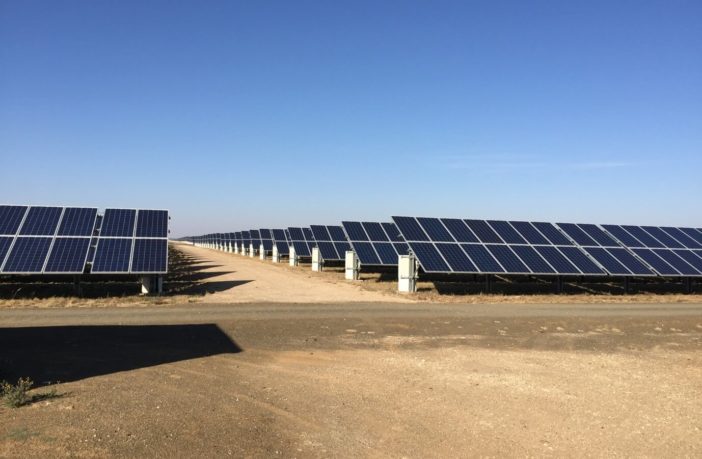The current impasse between the new Ministry of Energy, Eskom and the Independent Power Producers (IPP’s), now well into its third year, does not seem to be going anywhere. Could one of the reasons be that the majority of wind and solar farm projects expedited in the previous rounds are foreign owned?
South Africa’s new Energy Minister, Mr David Mahlabo, is keeping mum on the finalisation of Rounds 3.5 and 4 which was due to be signed off at the end of October 2017. A staunch Zuma loyalist, Mahlobo’s appointment marks the third energy minister to be appointed in the last 8 months. Since his recent appointment at the end of October 2017, he has vigorously focussed on revising the Integrated Resource Plan (IRP) which is now due to be announced on the 14th November 2017.
Miss Mmamoloko Kubayi, his predecessor, specified a 77c/kWh tariff cap for Round 4 across all renewable technologies in her short tenure as minister. The tariff cap specified was an effort to break the deadlock and finalise the signing of the Power Price Agreements (PPA) with preferred bidders. It now seems inevitable that Mahlobo may scrap Round 3.5 and 4 and set a new path for REIPP Program in the soon to be announced Integrated Resource Plan.
Looking back, most commentators argue that a premium tariff was justified in Rounds 1 to 3 because of the steep learning curve South Africa faced. The average power price for bid window 1 was R3, 65 p/kwh (2010), bid window 2 – R2, 18 p/kwh (2012) and bid window 3 – R1, 17 p/kwh (2014). The average tariff price includes both wind and solar technologies. These tariffs are highly profitable for the IPP’s in today’s terms.
The argument tabled by Eskom is that they cannot afford the tariffs presented by IPP’s for the current rounds, 3.5 and 4. However, there may also be concerns regarding ownership. Most of the established renewable energy projects expedited in Rounds 1 to 3 are foreign owned.
The renewable energy industry is made up of three major players; the developer, the independent power producer and the off taker, in this case Eskom. The developer takes most of the risk and does the hard yards in bringing the project to bankability which can take up to 5 years. The developer phase is concluded with a signed Power Purchase Agreement (PPA) with the off taker. The PPA is binding for 20 years.
Many developers typically sell their projects to an IPP. In the case of South Africa, most developers offloaded to large foreign IPP’s. Incentivised and subsidised by their home countries through carbon credits, a favourable exchange rate and foreign investment incentives, these companies then trim project costs by bringing in their own engineering, procurement and construction teams. Most of the materials and components are also imported.
There has been economic and social upliftment as a result of the REIPP Program. As each of the previous rounds were finalised, the level of commitment to economic development also increased. More communities benefited through employment or as shareholders. Most bidders in Rounds 2 to 3 establish community trusts aimed at developing surrounding communities. But have these communities truly benefitted when the real meat of the projects, the long term profits, are repatriated to foreign countries?
South Africa now has the technology, the experience and the people (highly qualified engineers) to build large scale solar and wind farms. We already have a number of local companies carrying out very large commercial installations. Their quality and workmanship is world class.
Whilst South Africa definitely needs foreign investment, it clearly needs to be more balanced in the case of renewables. Expect Mahlobo’s revised Integrated Resource Plan (IRP) to include new conditions. This may include 51% black ownership for all projects which could also extend to project land ownership. We can also expect new construction quotas in terms of local labour and materials.
All eyes are now on Mahlobo’s new Integrated Resource Plan. The revised plan will indicate where renewables fit in the energy mix going forward. Hopefully, the new plan will not fail the people of South Africa regarding ownership.
Author: Bryan Groenendaal















